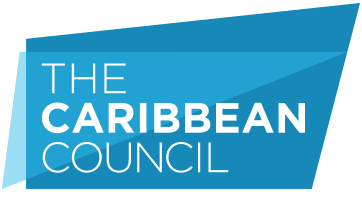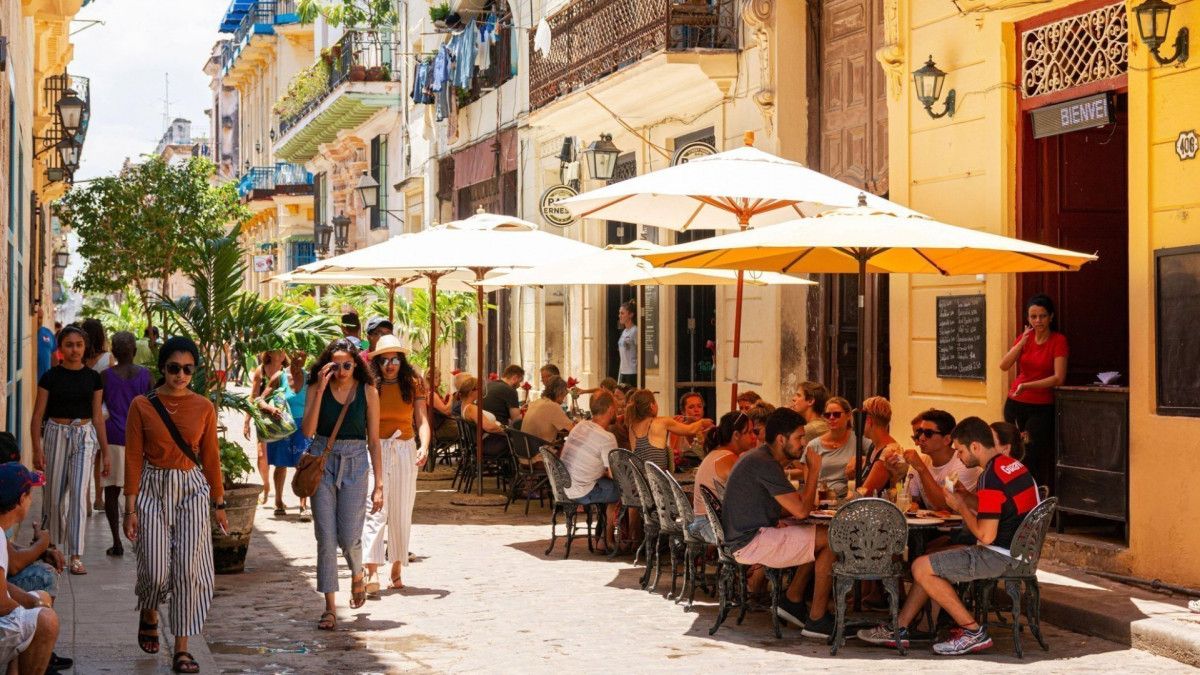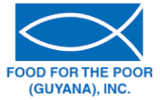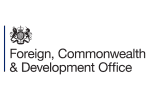25th September 2023
Despite the Cuban Government’s best efforts to restore tourism to previous levels, data produced by Cuba’s national statistical office ONEI suggests that hotel occupancy rates remain low, and the country may struggle to achieve its projected 2.5mn visitors this year.
Government said previously that it hoped to see the sector play a significant role in stimulating national recovery, economic growth, and playing a major part in contributing to foreign exchange earnings.
According to ONEI, the overall total number of travellers to Cuba in the first eight months of this year stood at 2.1mn, of whom 1.66mn were international visitors, a term used by ONEI to classify all those arriving who reside abroad, including tourists and returning Cubans.
The hoped for international visitor arrivals figure for 2023 of 2.5mn compares with pre-COVID arrivals of 4.3mn in 2019, and 0.97mn in 2022. Statistics produced for the period between January and June of this year indicate that hotel occupancy stood at just 28%, far below that of other competing Caribbean destinations.
Although Cuba continues to belive that tourism will rebound and new markets such as Russia, Latin America and China will emerge, the weak arrivals numbers up to the end of August suggest that the country will struggle in the remaining months of this year to achieve the international visitor numbers needed to meet the Ministry of Tourism’s (MINTUR) plan for 2023.
While arrivals to the island continue to be led by Canada – Cuba’s most important tourist market – in the first eight months with 0.7mn visitors, recent Canadian government travel advice (Cuba Briefing 11 September 2023) may negatively affect high season arrivals when most Canadians choose to visit. At 241,115 arrivals, the Cuban community abroad, a group Cuba categorises separately, have for the time being made up for the loss of Russian visitors (106,529 by the end of August) following the discontinuation of direct flights in April, after the invasion of Ukraine and the introduction of western sanctions. However, arrivals from Russia are now expected to rise as Russian airlines including Aeroflot and Rossiya have resumed direct services, albeit involving longer flying times to avoid EU airspace.
ONEI’s figures show that arrivals from the US increased to 111,100, placing it in third position, but that arrivals from Europe remain weak, with Cuba recording 62,415 visitors from Spain; 45,318 from Germany; and 40,516 from France in the first eight months of 2023. Arrivals from the UK were recorded at 35,053.
The Cuban government recently indicated its concern about the impact of Washington’s decision to require all visitors to the US previously able to use its ESTA visa waiver programme, but who visited Cuba after January 2021, to now seek a visa if they wish to travel to the US.
Despite the weak arrivals outcome to date, Cuba continues to construct new hotel rooms – a possible factor in the low occupancy rates recorded – in the belief that the sector will recover in 2024 or 2025.
According to Curacao based Tourism Analytics as of December 2022 Cuba had 77,800 hotel rooms. Of these 44.5% have a five-star rating and 29.6% four-stars with 48% of the properties belonging to the state entities Grupo Gaviota, 48%; Cubanacán, 22%; Gran Caribe, 18 % ; and Islazul, 12%. Of the total some 50,000 rooms are managed by foreign hotel companies, mainly Meliá, Iberostar, Blue Diamond, Roc, Barceló, Blau, Kempinski, Accor, NH, Axel, Be Live and Sirenis.
The Caribbean Council is able to provide further detail about all of the stories in Cuba Briefing. If you would like a more detailed insight into any of the content of today’s issue, please get in touch.
Photo by Mony Misheal





